Palm WebOS, Pre and Pixi – Where Are We Now?
by Joseph Berthiaume on March 23, 2010 12:00 AM EST- Posted in
- Smartphones
- Mobile
Pre evolves
The Pre’s biggest shortcoming is in the build quality of the hardware and this is the spot where the iPhone noticeably trounces it. The iPhone just feels indestructible, which is pretty amazing for a device with such a huge screen. It is Pre’s slider design that hurts it the most. The plastic-on-plastic mechanism just isn’t all too smooth and that little bit of grinding sound is enough to make the phone feel a little cheap. You never get that impression with the iPhone or any Blackberry. It may be the nature of the beast when it comes to the hardware from a design standpoint. To keep the device to a reasonable size, yet maintain the size of the LCD, Palm had to hide the keyboard as they did. Of course they could have chosen a smaller screen, and leave the keyboard always exposed – which brings us to Palm’s second WebOS device – Pixi.
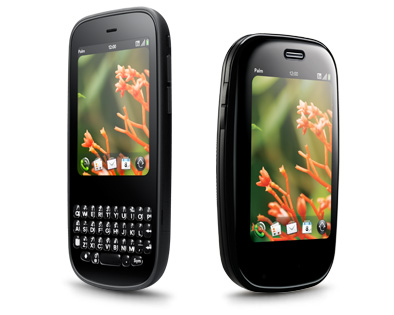
When it was first released in November 2009, it seemed as if the Pixi was being steered into the lower-end smartphone market, perhaps as a ‘starter smartphone,’ to those coming from what’s become known as a ‘feature phone’. Pixi’s price certainly confirmed that, at 99$ to start, and it’s even cheaper now, if not free (with a contract, of course). What’s interesting, though, if looked at from a bit of a higher level, is that Pixi actually exceeds its ‘big brother’ Pre in some areas, despite its diminutive stature.
Pixi – Small, Solid and Still Smart
It’s easy to say that the name “Pixi” doesn’t exactly conjure up images of a tough, fully-featured mobile device that’s meant to centralize your on-the-go experience. Truth be told, the name “Pixi” does sound a little…wimpy. While there is some truth to that perception as we’ll see later, there are some interesting things going on here.
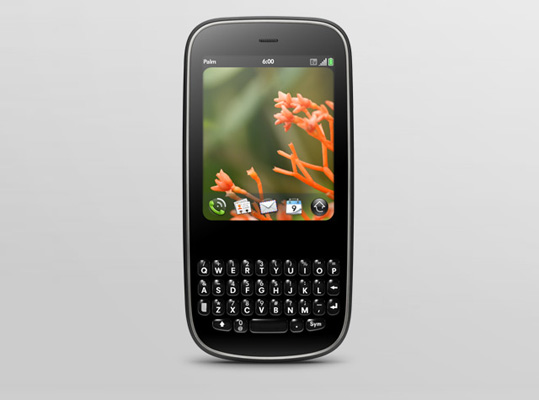
As you can see, Palm chose a radically different form factor from its first WebOS device. With Pixi, Palm has brought back memories of the Treos and Centros of years past. In eschewing the slider mechanism of the Pre, Palm has eliminated what was, without a doubt, Pre’s biggest shortcoming. Gone is the grinding plastic-on-plastic mechanics used to expose the keyboard. Oreo-twist effect? Forget it. There are no physical bits here to ruin the experience or distract from the excellence that is WebOS, just a monolithic chunk of plastic that feels very, well, iPhone like. It’s solid-feeling, as if you could drop it and it wouldn’t shatter into 300 pieces (which is exactly the feeling you get when holding the Pre).
Now, in order to get to this more appealing (to some) design, Palm had to make some interesting and likely very difficult, choices. Not wanting to give up on the hardware keyboard (which seems to be their thing), Palm chose to make it an always-exposed type. Think Treo, Centro, or Blackberry. In order to fit that in, they had to make the difficult decision of altering what was one of Pre’s strong points – the screen. While the Pixi’s screen doesn’t lose too much of the splendor that was the Pre’s, it does lose significant size and some resolution:
| Overall Size | Screen Size | Screen Resolution | |
| Apple iPhone 3GS | 4.5" x 2.4" x 0.48" - 4.8oz | 3.5" | 480 x 320 |
| Palm Pre | 3.9" x 2.3" x 0.67" - 4.76oz | 3.1" | 480 x 320 |
| Palm Pixi | 4.37" x 2.17" x 0.43" - 3.2oz | 2.6" | 400 x 320 |
Palm also seems to have found some cost savings with the Pixi backlight. It’s not dim by any stretch, but if compared with the Pre (which might not be fair), it’s not as bright. This is probably more of a compliment to Pre’s screen than anything else, but needs mentioning if you are coming from the Pre. That all being send, Pixi’s screen is still outstanding – one of the best around.
Brief side track - this brings up an interesting question: what’s the most desirable form factor here? The answer is… there may not be an answer. If you ask Apple, a hardware keyboard is oh-so-1990’s. Palm seems to be in the same camp as RIM in that hardware keyboards are the way to go. Android seems to be leaning towards software side of things and the newly announced Windows Phone 7 will support both paradigms. There are those who believe that the industry as a whole is moving towards devices with big screens and software keyboards. The one-device-to-rule-them-all camp is in that group when you consider that these phones are also fully featured media players that can store video, access YouTube etc. On the other hand, who can argue with the millions of corporate Blackberry carriers who depend on their hardware keyboard to rip off dozens of emails per day? Perhaps this is another area where there is room for more than one, or even several, form factors and designs.
Beyond the changes to the screen, it’s obvious that the Pixi was designed with the Pre’s shortcomings in mind. Palm clearly learned something from the Pre and how it was received. For example, the default back panel of the Pixi is textured like the Pre’s Touchstone back (though the default Pixi panel is not a Touchstone panel – that costs extra - *mutter*). Also, regarding the Touchstone – the Pixi sticks to it much stronger than the Pre. It might not sound like much, but if you’ve ever tossed the Pre on the Touchstone and had it slide off and not charge for a whole night (as I have, more than once) you’ll appreciate this. The microUSB port door on the Pixi isn’t a nightmare as on the Pre. You actually don’t need a micro-crowbar to get it open.
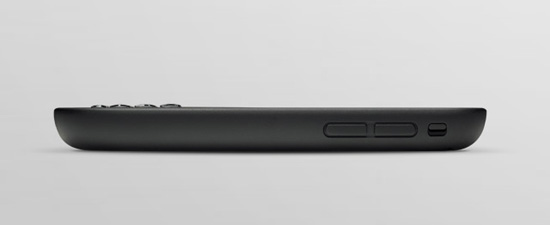
Pixi also moves a few buttons around slightly. The power switch is on the opposite corner from the Pre’s and the volume buttons have moved from left to right. Palm’s famous silencer switch has a different form and a slightly different position. It also feels a little more solid, which if you’ve read this far, you will recognize as a theme.
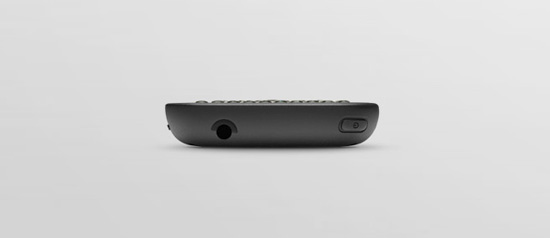
The other big change - on the Pre, the “gesture area” is broken up by a raised, hardware button meant to minimize all the active windows to cards and take you to the desktop. While this button is useful in that respect, it’s by no means required. That same action can be completed by simply swiping up from the gesture area.
The real problem with the center button though is that it’s right smack in the middle of the gesture area. This is an issue given that the gesture area is for…gestures. The button is a speed bump in the middle of the area in which you’re supposed to be performing swipes to accomplish things. Yes, you can swipe left to right on either side of the button, or slightly above it (if you’re precise), but that lessens the effect of the whole gesture interface.
Fortunately, this is another of those things that Palm did right in changing with the Pixi. While the button is still there, it’s a touch-sensitive area under the plastic of the gesture area. There’s no bump, or physical area to foul up your gesture-ing.
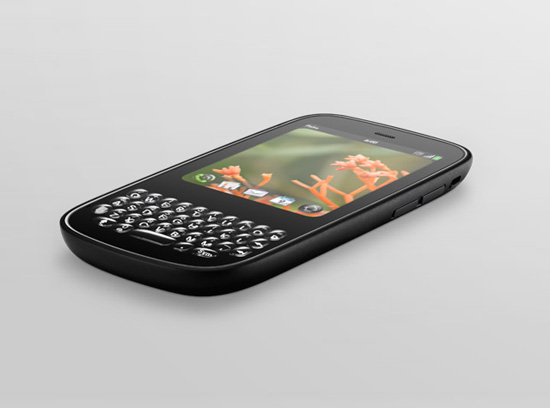
Oh and Palm has further adopted this change in its latest devices which have recently come to the Verizon network. Both the Pre Plus and the Pixi Plus feature that smooth, non raised center button.










45 Comments
View All Comments
johnsonx - Tuesday, March 23, 2010 - link
I think the general view has been that Android 1.x wasn't bad, but that it took Android 2.x before you could really call it an iPhone competitor.deputc26 - Tuesday, March 23, 2010 - link
Where's the Android handset reviews? unlaunched WM7S-covered iPhone-covered, WebOs-Covered..... Something is missing....mendeh - Monday, April 5, 2010 - link
I am not sure what happened behind the scenes but I think it is clear to me that Palm's troubles are directly attributable to launching after the Droid on Verizon.Essentially iPhone, WebOS and Android staked out their carriers early and Verizon was left with really only Blackberry and Windows Mobile devices. This left a lot of customers without a "modern" OS, and created a major opportunity for either Palm or Google. Whoever was going to launch on Verizon and tap into that huge customer base that really wanted an iPhone but would never switch to AT&T would blow up over night. I think that if Palm had launched the Pre on Verizon before the Droid things would be a lot different today. Back in the 1.5/1.6 days on T-Mobile, Android was in similar position as Palm. It had yet to reach a critical mass. As soon as the Droid launched on Verizon though we witnessed the rebirth of Android and what we now know as the 2 horse race between Google and Apple.
I really do think WebOS is dead and it is kind of a shame. I also think that some of this is Palm's fault because the Pixi is just a complete waste. They would have been much better served to create a 2nd device with a bigger screen and essentially the same form factor as the Droid. Trying to go low-end with the Pixi when the Pre is already selling for practically the same price was just not smart.
tedsc - Tuesday, April 27, 2010 - link
The Pre came out well after the iPhone and aspired to meet the hardware spec... I think webOS is very interesting but I cannot for the life of me figure out why Palm is putting such a great OS on such a mediocre hardware platform.I am currently in the market for an upgrade over my Tilt and while their are many interesting choices of OS and hardware, their are certain standards that seem to baseline the discussion:
1. >= 1ghz processor
2. >= 800x400 resolution
it is only a matter of time until a slider keyboard Android or Meego phone comes out on either a moorestown or snapdragon platform. So you have to ask yourself if the OS is compelling enough to endure hardware that is so passed it's prime?
I really hope Palm is picked up by a company like HTC or LG that is already pushing the hardware envelope and needs an elegant OS to really compete with Apple.
avionicspro - Friday, July 16, 2010 - link
I am a tech guy and regularly try and use new gadgets. That said, this phone is terrible ! It drops more calls than I can even begin to tell you about. I just received my warranty exchange because the original phone kept rebooting, locking up and the headset would squeal when plugged in.I'm looking forward to getting my contract renewed next month, putting this one back in the box and forgetting about it all together.